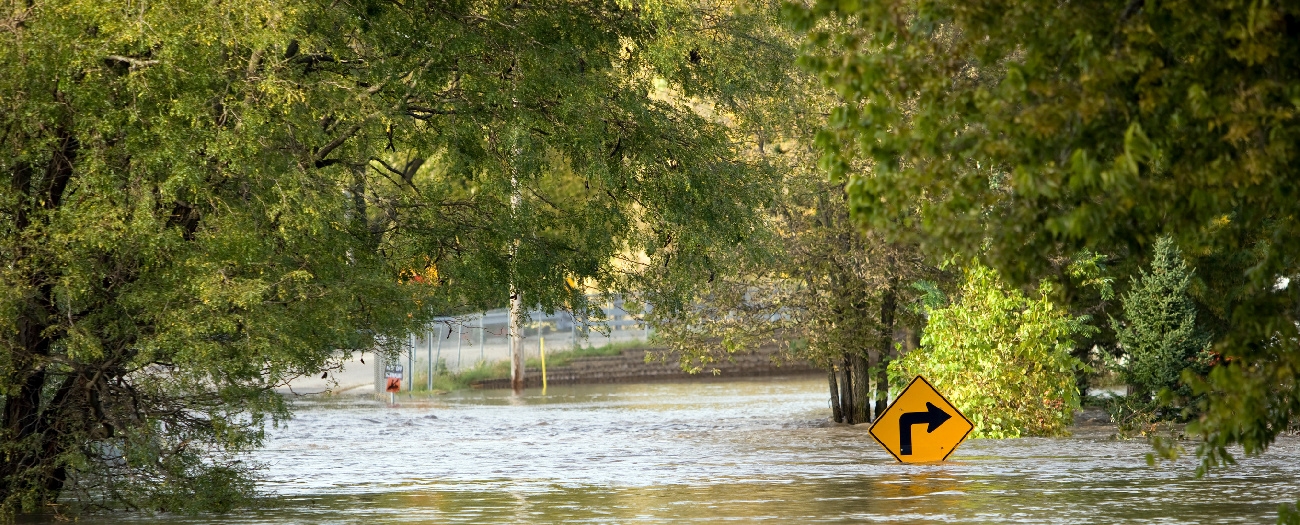The AER and industry must be prepared to respond when Mother Nature turns on the taps or lights a match
Alberta - September 18, 2016The AER keeps a close eye on Alberta’s energy industry—comes with the job. We must also keep an eye on the weather, as Mother Nature can play havoc with oil and gas infrastructure and it’s not a question of if a natural disaster will strike, but when.
One example? Recent heavy rainfall in Alberta’s foothills caused water levels in the North Saskatchewan River, which runs from the Rockies through to central Saskatchewan, to rise to worrying levels. Water flowed fast and high as it made its way across the province, with the potential to weaken creek and river banks and cause flooding.
“When the high streamflow advisories went out for northern and central Alberta, our Drayton Valley field staff immediately went out to assess the impacted areas and infrastructure,” said Jeff Schatz, manager of enforcement and surveillance. “We wanted to make sure that licensees were taking appropriate measures to protect the public and the environment.”
If a flood or any other disaster strikes, operators must be able to quickly and safely suspend operations and evacuate.
“We usually have a bit of a warning before flooding or a wildfire hits an area of our province,” said Dave Noseworthy, manager of Emergency Response and Preparedness for the AER.
“Once we know where that might happen, we reach out to operators in the area to remind them of their obligations and to apply some additional diligence. This helps to prevent incidents that may threaten the environment or public safety.”
While individual operators are responsible for making sure they protect their infrastructure from flooding and fire, the AER works with industry to ensure that appropriate prevention and planning happen.
“Operators are responsible for monitoring their facilities and ensuring they are operating safely,” explains Noseworthy. “They also have to have AER-approved emergency response plans in place that address potential hazards that may impact their operations.”
We may not be able to fully predict how flash flooding can cause a river to change course, but by working with industry we can be prepared for the unexpected.
Tracie Kenyon, Writer


